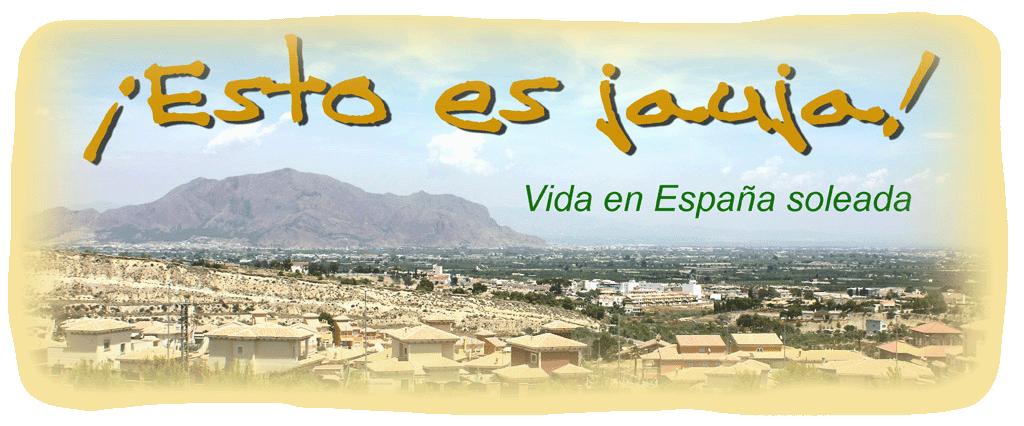Farmed fish are these days virtually indistinguishable from wild varieties, we are used to eating them now and enjoy the benefits of lower cost. Salmon and trout are an obvious example but many other species on the fishmonger’s slab are also farmed including tuna, cod, haddock, halibut, turbot, sea bream, sea bass and prawns. Without farmed fish, the supply would be both limited and costly.
At nearby Guardamar del Segura they farm four million kilos of sea bream, sea bass, oysters and scallops per year. It is a six million euro business that is vital to the town.
There are three phases to the production; the hatchery where the fry are reared from eggs, the “pre-fattening” stage where the fish grow to one and a half centimetres and then the “fattening” stage during which the fish grow to about 400 grams ready for sale.
The first phases are handled by Guardamar SL inland. The fish are then passed on to Culmar SL who have offshore cages to bring the fish on.
Although we may wince about the methods of production, the economics are simple, farmed fish cost one third of the price for net caught fish and account for 60% of the total sold.

No comments:
Post a Comment